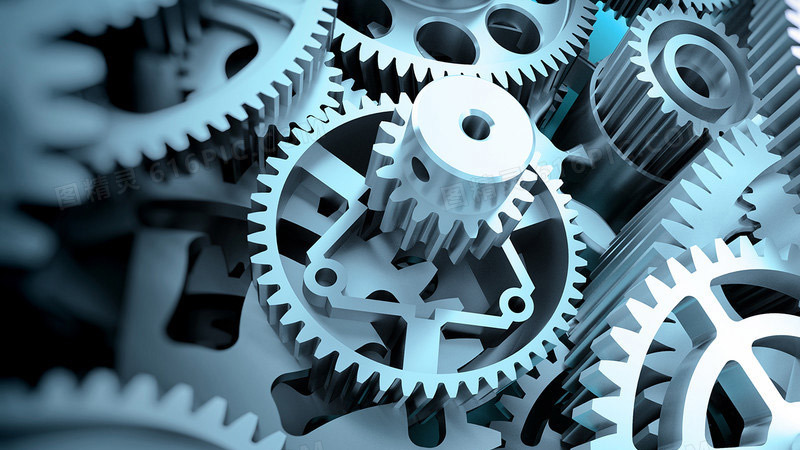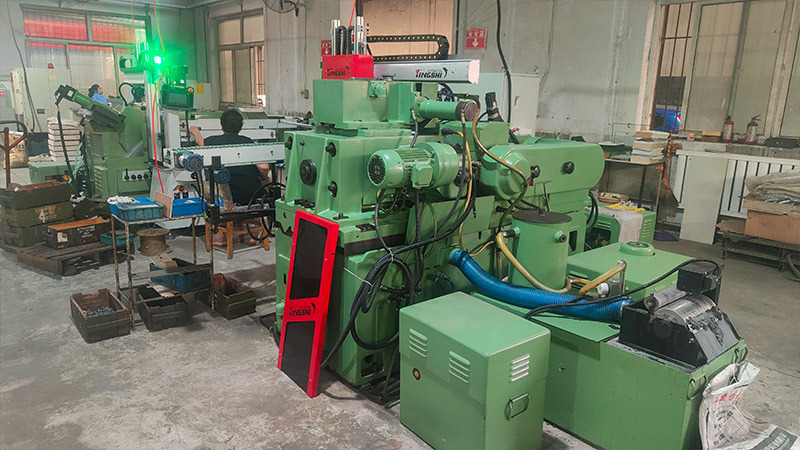Points of daily maintenance of stepper motor
Release Time:
Jan 10,2022
As a digital actuator, stepper motor is widely used in motion control systems.When many users and friends use stepper motors, they feel that there is a lot of heat when the motor is working, and they have doubts. I don't know if this phenomenon is normal.In fact, heat generation is a common phenomenon of stepper motors, but what kind of heat generation is normal, and how to minimize the heat generation of stepper motors?

As a digital actuator, stepper motor is widely used in motion control systems.When many users and friends use stepper motors, they feel that there is a lot of heat when the motor is working, and they have doubts. I don't know if this phenomenon is normal.In fact, heat generation is a common phenomenon of stepper motors, but what kind of heat generation is normal, and how to minimize the heat generation of stepper motors?
First of all, it is necessary to understand why stepper motors generate heat. For various stepper motors, the interior is composed of iron cores and winding coils.The winding has resistance, and it will produce loss when energized. The size of the loss is proportional to the square of the resistance and current. This is what we often call copper loss. If the current is not a standard DC or sine wave, harmonic loss will also occur; the core has a hysteresis eddy current effect, and losses will also occur in the alternating magnetic field. Its size is related to the material, current, frequency, and voltage. This is called iron loss.Both copper loss and iron loss are manifested in the form of heat generation, which affects the efficiency of the motor.Stepper motors generally pursue positioning accuracy and torque output. The efficiency is relatively low, the current is generally relatively large, and the harmonic composition is high. The frequency of alternating current also varies with the speed. Therefore, stepper motors generally have heat generation, and the situation is more serious than ordinary AC motors.Moreover, the degree to which the stepper motor heating is controlled within a reasonable range and the motor heating is allowed depends mainly on the internal insulation level of the motor.The internal insulation properties will only be destroyed at high temperatures (above 130 degrees).Therefore, as long as the internal temperature does not exceed 130 degrees, the motor will not be damaged, and the surface temperature will be below 90 degrees at this time.Therefore, the surface temperature of the stepper motor is normal at 70-80 degrees.
Simple temperature measurement methods are useful for point thermometers, and they can also be roughly judged: you can touch it with your hand for more than 1-2 seconds, not more than 60 degrees; you can only touch it with your hand, about 70-80 degrees; a few drops of water quickly vaporize, it is more than 90 degrees; of course, you can also use a temperature measuring gun to detect.Third, when the heat generation of the stepper motor changes with the speed, when the constant current drive technology is used, the current of the stepper motor will remain relatively constant at static and low speeds to maintain a constant torque output.When the speed is high to a certain extent, the internal back potential of the motor increases, the current will gradually decrease, and the torque will also decrease.Therefore, the heating caused by copper loss is related to speed.Generally, the heat generation is high at static and low speeds, and low at high speeds.However, the change in iron loss (although it accounts for a small proportion) is not the same, and the entire heat generation of the motor is the sum of the two, so the above is just a general situation.Fourth, the impact of heat generation, although the heat generation of the motor generally does not affect the life of the motor, there is no need for most customers to pay attention to it.However, severe fever can have some negative effects.For example, the different coefficient of thermal expansion of each part of the motor leads to changes in structural stress and small changes in the internal air gap, which will affect the dynamic response of the motor, and it will be easy to get out of step at high speed.Another example is that in some cases, excessive heating of the motor is not allowed, such as medical equipment and high-precision test equipment.Therefore, the heating of the motor should be controlled as necessary.Finally, to reduce the heat generation of the motor and reduce the heat generation is to reduce the copper loss and iron loss.There are two directions for reducing copper loss, reducing resistance and current. This requires that motors with small resistance and small rated current be selected as much as possible when selecting models. For two-phase motors, motors that can be used in series do not need parallel motors.But this often conflicts with the requirements of torque and high speed.For the selected motor, you should make full use of the automatic half-current control function of the driver and the offline function. The former automatically reduces the current when the motor is at rest, and the latter simply cuts off the current.In addition, because the current waveform of the subdivision driver is close to sinusoidal, there are fewer harmonics, and the motor will generate less heat.There are not many ways to reduce iron loss. The voltage level is related to it. Although high-voltage-driven motors will bring about an increase in high-speed characteristics, they will also bring about an increase in heat generation.Therefore, the appropriate driving voltage level should be selected, taking into account high speed, stability, heat generation, noise and other indicators.
Keywords:
More information




